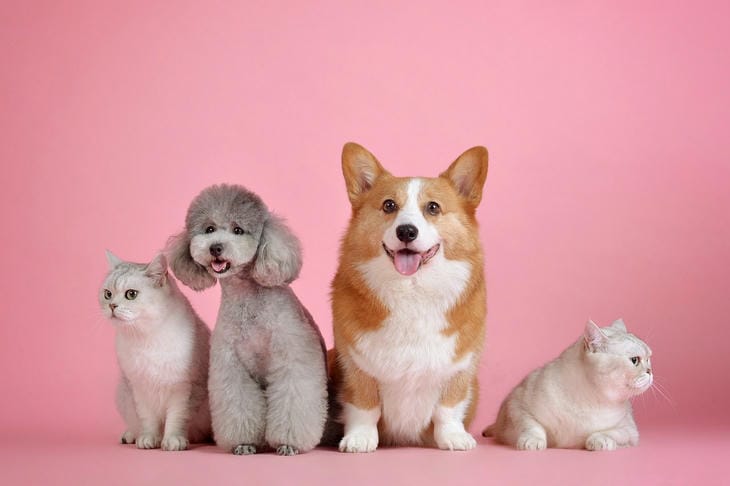There are many misconceptions surrounding the nutrition of our four-legged friends.
Some of them are passed down from generation to generation, others arise thanks to the Internet and social networks.
Let's take a look at five of the most common pet food myths to see what's true and what's not.

Feeding with homemade products is beneficial
Many owners believe that feeding their pets table scraps or home-cooked food is a way to take care of their pet's health. However, this is a mistaken opinion.
Pets have completely different nutritional needs than humans. Human food can contain excess salt, sugar, spices, and other ingredients that are harmful to a dog or cat's health. For example, onions and garlic are toxic to cats, and chocolate is dangerous for dogs.
In addition, even specially prepared food for your pet should be balanced in proteins, fats, carbohydrates, vitamins and minerals.
It is almost impossible to do this without special knowledge. Therefore, it is best to use specialized feeds developed taking into account all the needs of your pet.
Pets need variety in their food.
Some owners think that their dog or cat should have a variety of food every day, otherwise they will get bored. In fact, animals do not have the same need for variety as people. Moreover, a sudden change in diet can lead to digestive problems.
It is important to remember that the pet's diet should be stable and constant. If you want to offer your pet something new, do it gradually, introducing a new product in small portions and observing the body's reaction.
Natural ingredients are always better than artificial ones
You can often hear that natural products are better than synthetic additives. However, this is not entirely true. The naturalness of a product does not guarantee its usefulness. It is important to understand that many “artificial” additives, such as vitamins and minerals, are added to feed precisely because they are necessary to maintain the health of the animal.
Moreover, some artificial components may be even safer than their natural counterparts. For example, natural preservatives such as vitamin E may oxidize faster than synthetic counterparts, which reduces the shelf life of the food.
Premium foods are more expensive, which means they are better.
The cost of food is not always an indicator of its quality. Many manufacturers use marketing tricks to attract the attention of buyers. Beautiful packaging, a loud brand name and a high price - all this can create the illusion of high quality of the product.
In fact, it is important to pay attention to the composition of the food, not the price. Quality food should contain all the necessary nutrients. It is also worth considering the individual characteristics of your pet, such as age, breed, activity and health.
All pets need the same diet.
This is one of the most dangerous misconceptions. Different species and breeds of pets have different nutritional needs. For example, cats require more protein than dogs because they are obligate carnivores. Dogs, in turn, can digest plant foods better than cats.
It is also important to consider the age, size, and activity level of your pet. Puppies and kittens require more calories and nutrients to grow and develop. Older animals, on the other hand, need less energy and a specific food composition that takes into account changes in the body.
Misconceptions about pet nutrition can arise from a lack of information or a misunderstanding of the physiological characteristics of our pets. In order to provide your pets with healthy and nutritious nutrition, it is important to approach this issue responsibly and informedly.
Remember to consult with your veterinarian when choosing food and monitor your pet's health.
Remember that every pet is an individual and their needs may differ from generally accepted standards.
For reference
A cat is a domestic animal, one of the most popular "companion animals"








